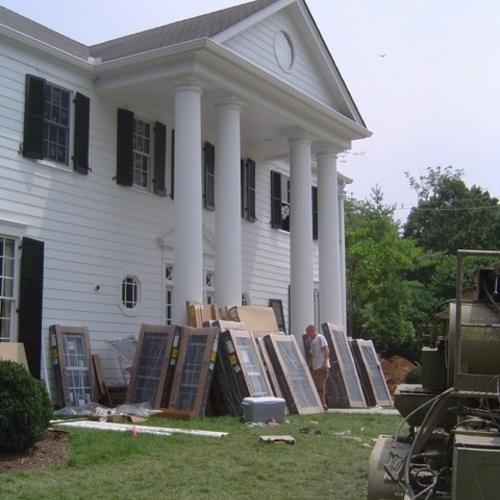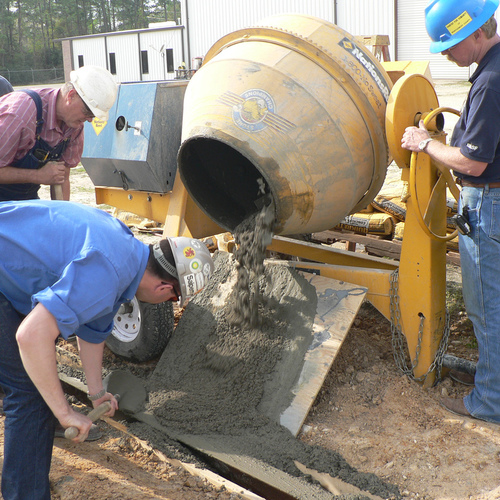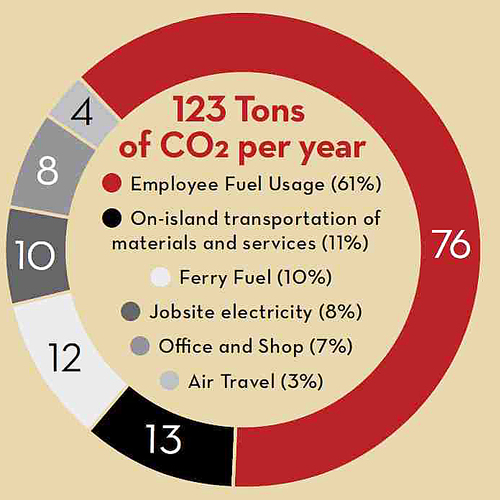
Boulder County’s Climate Smart loan program
Part Two: A deeper level of action
The first major step toward reducing your carbon footprint is understanding how much energy you use. Energy efficiency is often more cost effective than renewable-energy alternatives. The target is to use less energy for the same amount of heating, cooling, lighting, and of course, powering appliances, the stereo, televisions, and iPods. Fortunately, a big benefit of most energy-efficiency measures is creating greater comfort in the home over the long term.
Our home was built in 1992–93, and we still have an extensive list of opportunities for reducing our energy footprint. Statistics show that 60% of U.S. homes are underinsulated or not insulated at all, and homes built before 1980 likely fall into this category. Air leakage is one of the leading causes of energy waste. By plugging those leaks, we can save 5% to 30% on home heating and cooling bills — an average of $450 per year for an American household.
An energy audit can give homeowners a personalized plan for lowering energy bills and ultimately reducing the carbon footprint. The plan maps out energy usage and provides recommendations for behavioral changes, all with the ultimate goal of saving energy and money.
For our next steps, we are going to look for energy efficiency measures that are affixed to the property, have an average useful life of 15 to 20 years (or more), and exceed minimum standards.
Below is a list of next steps to explore in reducing your own energy footprint:
Air Sealing and Ventilation
- Sealing around windows and doors, ductwork, plumbing, and electrical penetrations, attic bypasses, etc.
- Blower door test before and after improvements are made
- Heat-recovery ventilator (HRV), which saves heating energy and improves air quality
- Whole-house or attic fan with multiple speeds and timer or thermostat
Insulation
- Maximize open attic insulation to a minimum of R-38*
- Maximize wall insulation to R-19
- Add foam or blown cellulose to reduce air leakage in wall cavities and attic
- Install perimeter foundation insulation with R-10 minimum
- Install floors over unconditioned space with R-19 minimum
Space Heating and Cooling
- Install a high efficiency furnace that exceeds 90% annual fuel utilization efficiency (AFUE) rating, plus sealed combustion
- Install boiler with 84% or greater AFUE
- Upgrade central air conditioner to 14 SEER and 11 EER or higher for packaged systems
- Install programmable thermostat*
Lighting
- Use compact fluorescent lighting, which is 75% more efficient than incandescent and lasts much longer
- Install LED lighting
- Install timers or sensors
- Maximize daylighting by adding light shelves and tubular skylights with movable insulation
Windows, Doors, and Skylights
- Upgrade exterior windows and glass doors to U-value of .35 or less with low-e glass
- Install insulating shutters
- Insulate exterior doors to a minimum R-8 value
- Add movable insulation for skylights and U-value of .35 or less with low-e glass
Also refer to Michael Maines’ blog, “Shedding Light on Windows”
.
Roof (Reflective)
- Use light-colored shingles, or
- Energy Star—rated metal roofing
Appliances
- Choose Energy Star-rated models
Note that over the past few decades, refrigerator efficiency has improved by 60%.
Complementing the energy-efficiency measures outlined above, investigate renewable-energy measures:
- Solar hot water
- Solar electricicity (photovoltaics or PV)
- Wind power
- Wood/pellet stoves
Net metering (where the meter may run backward in sunny seasons) can produce much or all of the domestic electricity supply. Ask your solar equipment supplier or utility about rebates and RECs.
The greatest value — to the planet and the homeowner — is in combining energy-efficiency and renewable-energy measures. My engineer husband laughs at me when I say that my goal is for us to be carbon neutral — I’m trying!
Recently, we installed the most energy-efficient Energy Star appliances we could find. Last year, we upgraded to a high-efficiency (92% AFUE) furnace along with a newer-model programmable thermostat. We have scheduled a blower door test for our 16-year-old home. It’s become a game for us to see how many kilowatt-hours we can cut on a monthly basis. I’m still working on getting rid of the “beer fridge” in the garage; I’m going to install a kilowatt meter on it so that I can gather proof of its wastefulness! I’ll keep you posted.
If you want to challenge yourself, set a goal for reducing greenhouse-gas emissions (carbon dioxide) created by daily activities — driving our cars, heating our homes, purchasing food and products — the list goes on. Check out one of the many carbon calculators available on-line, and make it fun to reduce your footprint!
Weekly Newsletter
Get building science and energy efficiency advice, plus special offers, in your inbox.















One Comment
Great list, Annette! Lately
Great list, Annette! Lately I've been thinking a lot about a perspective that's a bit of a maverick in an industry that's pretty unified behind "efficiency first" -- namely, sometimes in a retrofit situation it may make more economical and/or logistical sense to look at renewables first. The efficiency measures can be really disruptive and expensive -- for example, if adding insulation would mean opening up walls that weren't otherwise slated for remodeling.
Log in or create an account to post a comment.
Sign up Log in